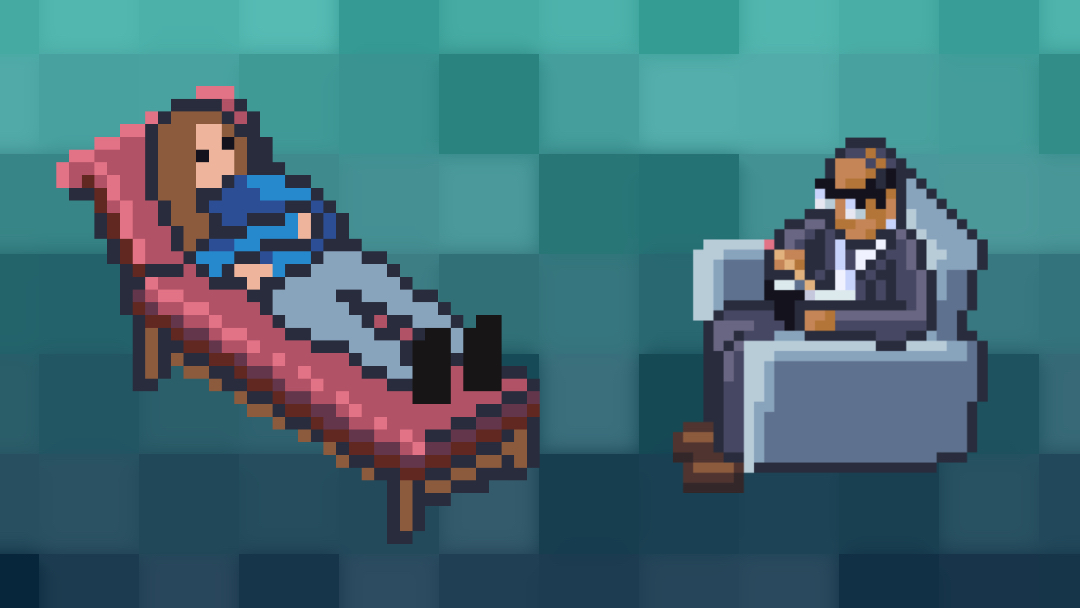- 📖 Geeky Medics OSCE Book
- ⚡ Geeky Medics Bundles
- ✨ 1300+ OSCE Stations
- ✅ OSCE Checklist PDF Booklet
- 🧠 UKMLA AKT Question Bank
- 💊 PSA Question Bank
- 💉 Clinical Skills App
- 🗂️ Flashcard Collections | OSCE, Medicine, Surgery, Anatomy
- 💬 SCA Cases for MRCGP
To be the first to know about our latest videos subscribe to our YouTube channel 🙌
The SOCRATES acronym is a useful way of exploring a patient’s presenting symptoms. It is commonly used to take a comprehensive pain history, but it can be applied to most other symptoms.
SOCRATES provides a structure during medical history taking and helps you remember the most important questions to ask when exploring the history of presenting complaint.
What does the SOCRATES acronym stand for?
The SOCRATES acronym stands for:
- Site
- Onset
- Character
- Radiation
- Associated symptoms
- Timing
- Exacerbating and relieving factors
- Severity
Using SOCRATES in history taking
SOCRATES provides a structured framework for taking a medical history. Each section of SOCRATES is described below, with example questions.
Depending on the patient’s symptoms, not all parts of SOCRATES may be relevant. For example, some symptoms (e.g. breathlessness or fatigue) will not have a specific anatomical location or radiation.
Site
Ask about the location of the symptom:
- “Where is the [symptom]?”
- “Can you point to where you experience the [symptom]?”
Onset
Clarify how and when the symptom developed:
- “Did the [symptom] come on suddenly or gradually?”
- “When did the [symptom] first start?”
- “How long have you been experiencing [symptom]?”
Character
Ask about the specific characteristics of the symptom:
- “How would you describe the [symptom]?”
- “Is the [symptom] constant or does it come and go?”
Radiation
Ask if the symptom moves anywhere else:
- “Does the [symptom] spread elsewhere?”
Associated symptoms
Ask if there are other symptoms which are associated with the primary symptom:
- “Are there any other symptoms that seem associated with the [symptom]?”
Timing
Clarify how the symptom has changed over time:
- “How has the [symptom] changed over time?”
Exacerbating and relieving factors
Ask if anything makes the symptom worse or better:
- “Does anything make the [symptom] worse?”
- “Does anything make the [symptom] better?”
Severity
Assess the severity of the symptom by asking the patient to grade it on a scale of 0-10:
- “On a scale of 0-10, how severe is the [symptom], if 0 is no [symptom] and 10 is the worst [symptom] you’ve ever experienced?”
Examples of SOCRATES questions
These are three examples of using SOCRATES to explore different presenting complaints: chest pain, shortness of breath and a rash. The examples show how SOCRATES can be used for a wide variety of symptoms, not just when taking a pain history.
Using SOCRATES to explore chest pain
- Site: “Where exactly is the pain?”
- Onset: “How quickly did the pain reach its maximum intensity?”
- Character: “What kind of pain are you experiencing?” (e.g. sharp, dull, crushing)
- Radiation: “Does the pain move anywhere else?”
- Associated symptoms: “Have you developed any other symptoms?” (e.g. shortness of breath, pre-syncope, syncope)
- Timing: “How long has the chest pain been present?”
- Exacerbating and relieving factors: “Does anything make the pain worse?” “Does anything reduce the pain?”
- Severity: “On a scale of 1-10, how severe would you rate your pain?” (this can be useful later when assessing the impact of treatment)
For more information, see the Geeky Medics OSCE guide to taking a chest pain history.
Using SOCRATES to explore shortness of breath
- Site: n/a
- Onset: “When did the shortness of breath first start?” “Did the shortness of breath come on suddenly or gradually?”
- Character: “How would you describe the shortness of breath?” (e.g. “tight chest”, “can’t take a deep breath”)
- Radiation: n/a
- Associated symptoms: “Are there any other symptoms that seem associated with the shortness of breath?”
- Timing: “How has the shortness of breath changed over time?”
- Exacerbating and relieving factors: “Does anything make the shortness of breath worse?” “Does anything make the shortness of breath better?”
- Severity: “On a scale of 1-10, how severe would you rate your shortness of breath?”
For more information, see the Geeky Medics OSCE guide to taking a respiratory history.
Using SOCRATES to explore a rash
- Site: “Where is the rash?”
- Onset: “When did you first notice the rash?”
- Character: “How does the rash feel when you touch it?” “What is the shape of the rash?”
- Radiation: “Has the rash spread anywhere else?”
- Associated symptoms: “Are there any other symptoms that seem associated with the rash?” “Have you noticed the skin lesion itching or bleeding?”
- Timing: “How has the rash changed over time?”
- Exacerbating and relieving factors: “Does anything seem to make the rash worse?” “Does anything make the rash better?”
- Severity: n/a (could be asked if associated pain with the rash)
For more information, see the Geeky Medics OSCE guide to taking a dermatology history.
Alternatives to the SOCRATES acronym
OLD CARTS
OLD CARTS is an alternative mnemonic which can be used to explore the key aspects of each symptom. OLD CARTS stands for:
- Onset
- Location/radiation
- Duration
- Character
- Aggravating factors
- Relieving factors
- Timing
- Severity
For more memory aids, see the Geeky Medics collection of medical mnemonics.




